While Topeka conducts annual count of homeless residents, here's why some say the process is problematic
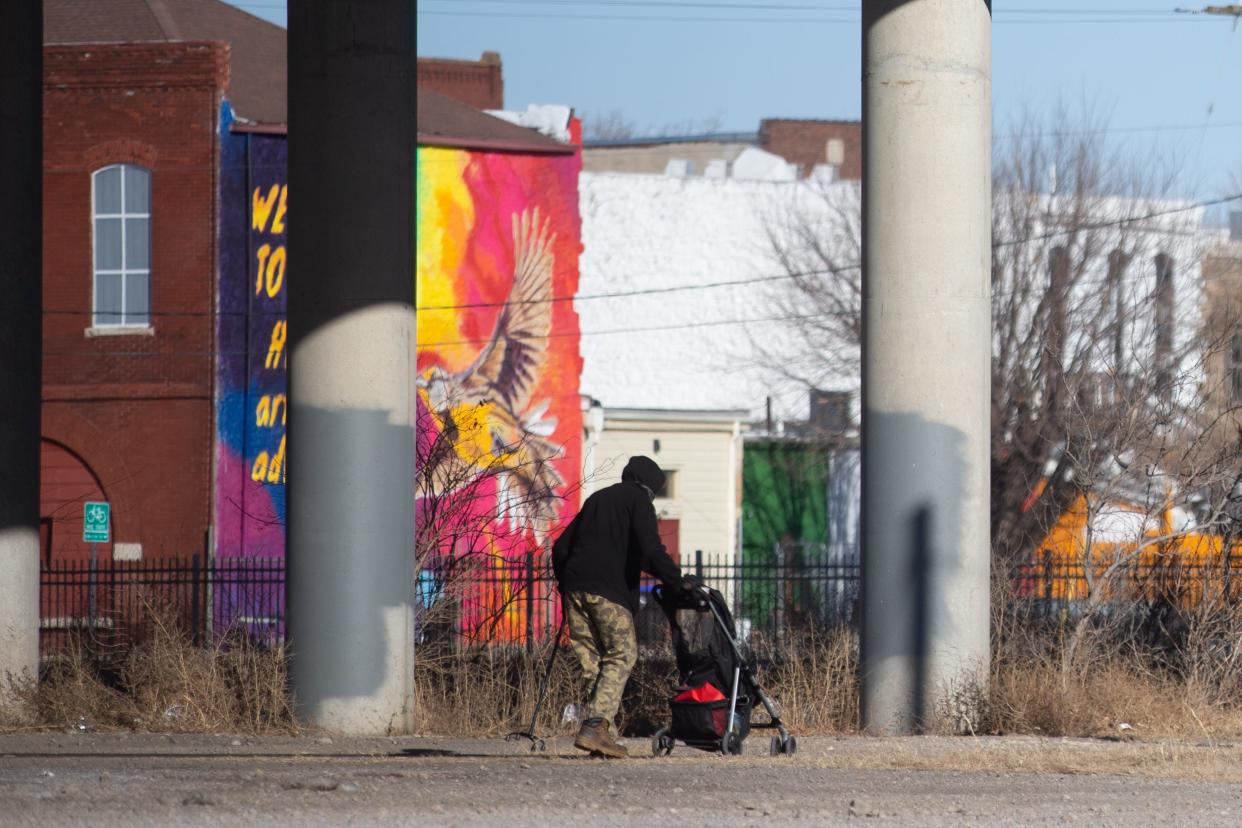
Until last summer, Jeremy Cherry lived in a house.
Now he lives in a tent.
Life has changed a lot, said Cherry, who is 31 and disabled.
"You wake up and start a fire instead of waking up and turning on the television," Cherry told The Topeka Capital-Journal.
Cherry was among those counted Wednesday morning as Topeka's city government and community partners conducted their annual count of the city's homeless population. About 25 city employees and volunteers took part.
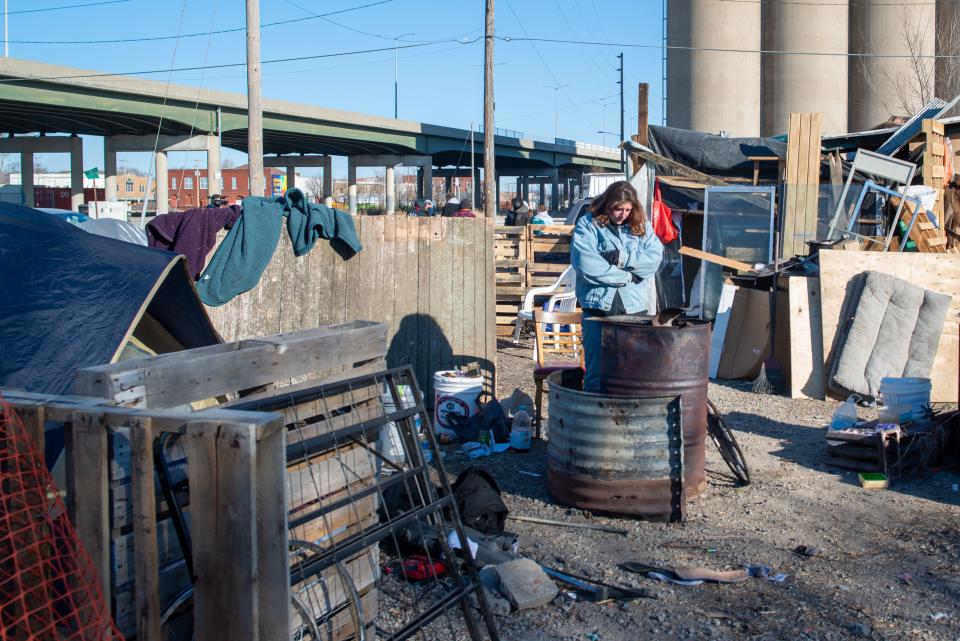
Some visited the small tent community where Cherry and others live southeast of the Topeka Rescue Mission's men's shelter at 600 N. Kansas Ave., and just east of the Kansas Avenue Bridge.
Cherry spoke with a Capital-Journal reporter in that area about 10 a.m., at a time when the National Weather Service reported Topeka's wind chill index was 9 degrees.
Cherry said he was left homeless last summer when the house where he lived in East Topeka was devastated by a fire, which he said began as he was away from home.
Now, Cherry said, he spends a lot of his time just trying to keep warm.
"It sucks," he said.
'One picture out of 365'
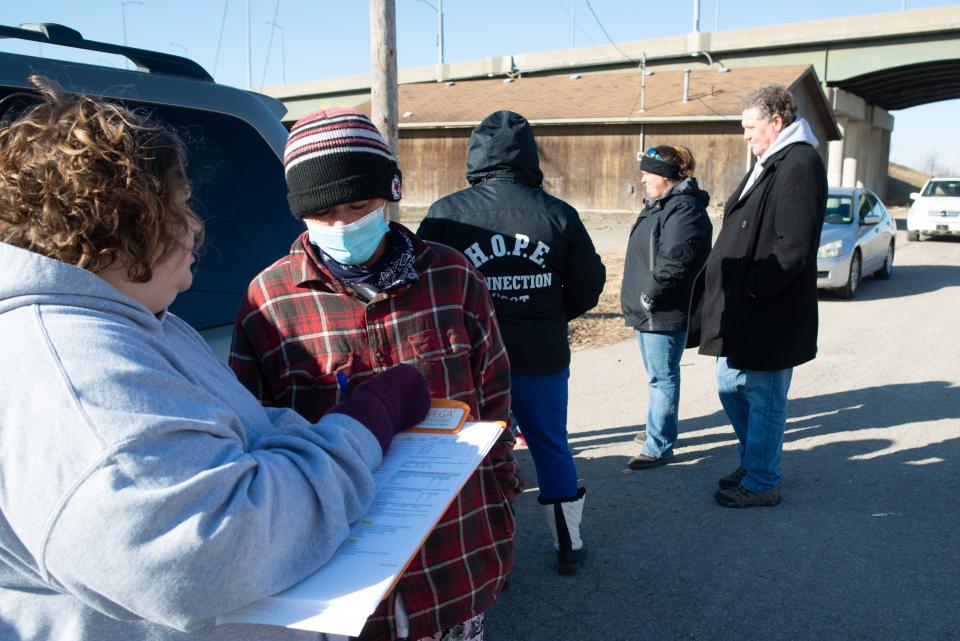
The count took place as part of a requirement by the federal government that communities — in order to receive funding for homelessness-related programs — complete an annual point-in-time count of residents who are homeless.
The count provides the data needed to understand the number and characteristics of people experiencing homelessness in the community, organizers say.
They seek to arrange for the surveys involved to be filled out by people who are unsheltered, in emergency shelters or in transitional housing.
The practice of counting people who are homeless on one specific day can be problematic, said Barry Feaker, executive director of the Topeka Rescue Mission.
"It's like taking one picture out of 365," he said. "It doesn't really give you the whole story."
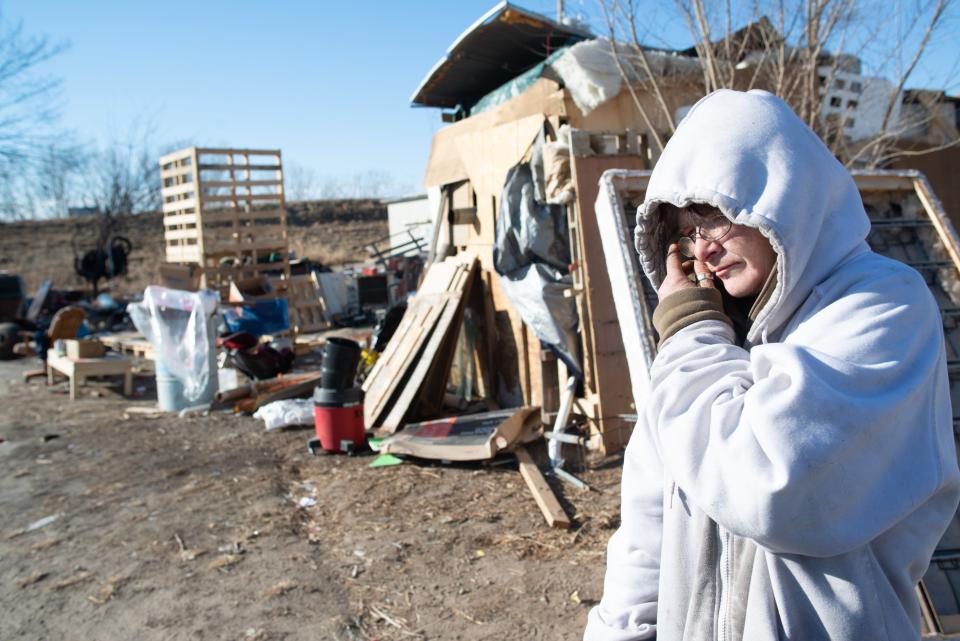
It wasn't immediately clear how many people would be counted this year.
Last year's count showed that, in comparison to the previous year, Topeka's homeless population had decreased to 298 from 401.
According to last year's figures, the number of people living on the streets here had risen to 105 in 2021 from 65 in 2020.
The number of people living in homeless shelters had dropped to 155 from 254 and the number in transitional shelters dropped to 28 from 82.
Feaker said one reason for last year's lower overall total might stem from BNSF Railway's March 2020 eviction residents of a large homeless camp known as "tent city." That's where people lived in tents on land the railroad owns North Topeka near the Kansas River.
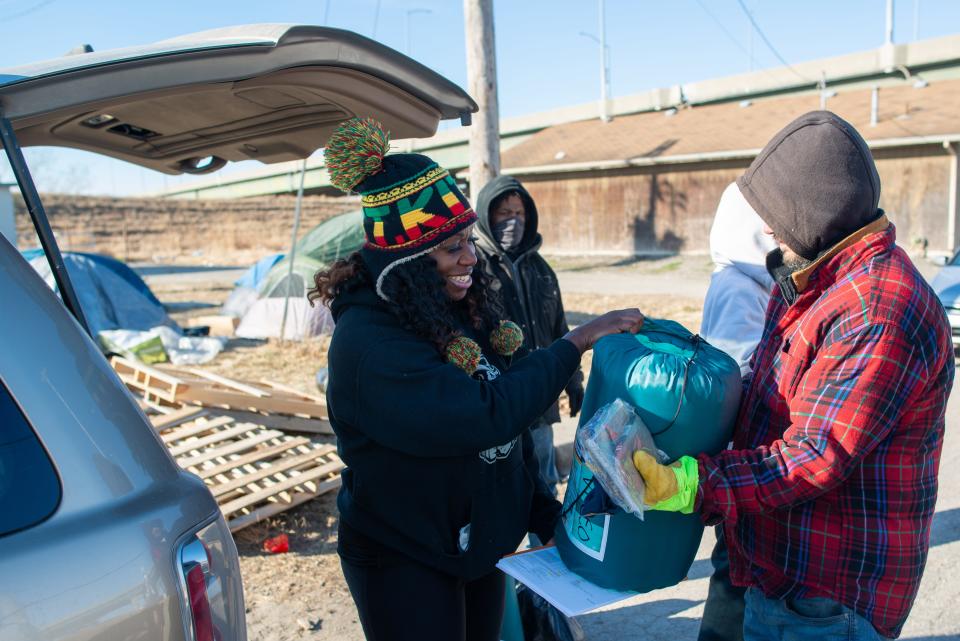
People who were homeless were easier to count when the tent city was in place, he said.
Another reason for last year's lower total might have been because of COVID-19, said Kim Williams-Gaston, supervisor of homeless programs for Valeo Behavorial Health Care.
The pandemic resulted in fewer people being available last year to take the count, though that total has rebounded this year, she said.
In addition, fewer organizations are now taking part in the count, Williams-Gaston said.
An expanded way of thinking
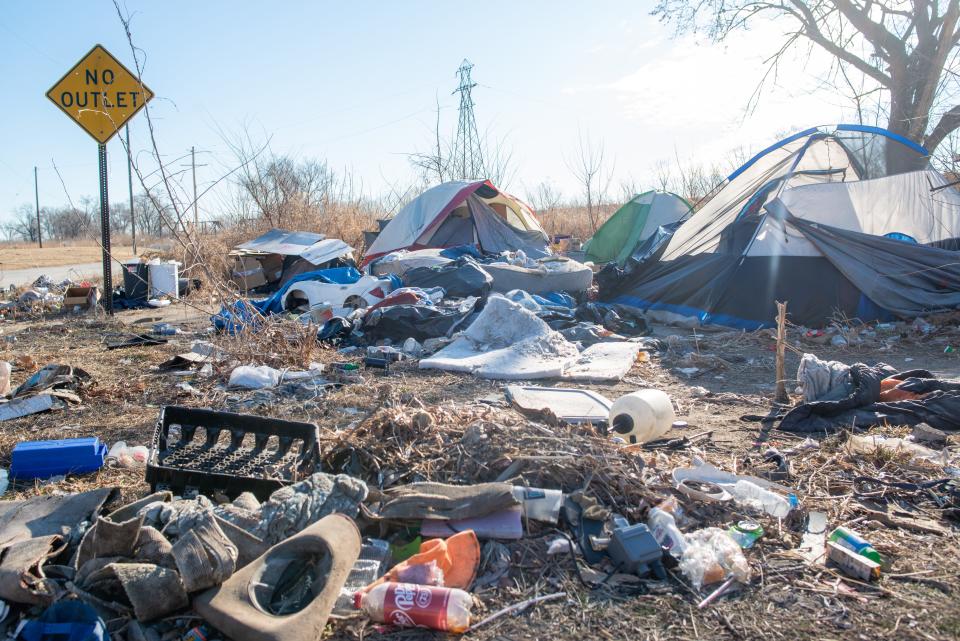
This year's count is the first since the rescue mission last July pitched to Topeka's mayor and council a proposal for a $5.7 million “tiny home transitional village," which could hold up to 200 beds for people who are homeless at the former site of Topeka’s tent city.
Each tiny home costs less than $5,000 and could last 20 years, Feaker told the mayor and council. He suggested residents need to expand their thinking about how to deal with homelessness.
The units would be around 64 square feet, have electricity and a heater and air conditioner.
Questions have since been raised as to whether there might be better ways to approach the problems, Feaker said, and that idea hasn't since gained much momentum.
This article originally appeared on Topeka Capital-Journal: Why Topeka conducts an annual count of homeless residents in the city

